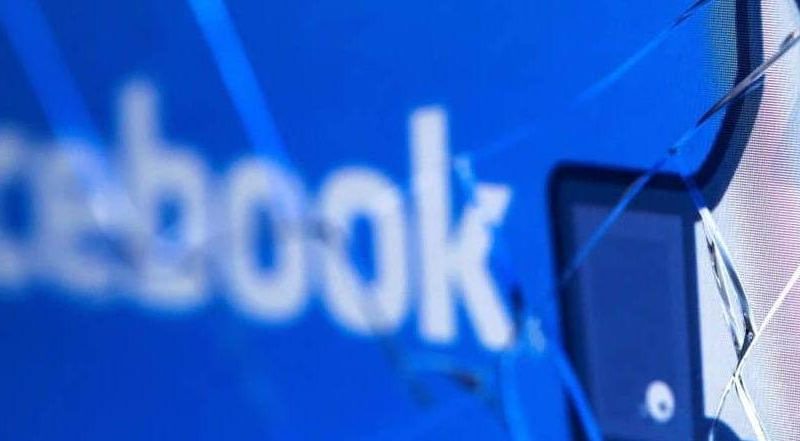The Facebook papers , the leak of internal Facebook documents to a media consortium, is like a kind of inexhaustible source of news and headlines. Given that Facebook is one of the avenues that marketers use in a fundamental way to reach consumers and to which they allocate a very important part of their advertising budgets, these papers and their disclosures have also become a kind of almost daily lesson of lessons in social media marketing.
One of the last is linked to how the Facebook algorithm works. When Facebook appeared more than a decade ago – and when everything was still innocent enough and the vision of the future very optimistic – the social network was one of those great surprising opportunities for marketers.
Those were the years when marketers had yet to learn what Facebook was and when at almost every IT and New Economy trade show and conference there was an expert talking about how Facebook had taken it by storm. Facebook “was free,” or that was the main lesson to be learned, and a well-managed brand page was going to do wonders and huge returns.
Then the algorithm debacle began. Brand page content started to get a lot less visibility and things weren’t getting the same traction as in the past. Reaching consumers in an organic way began to be more and more difficult, so much so that in these types of encounters and in the analysis of expert sources, what dominated was no longer that idea of Facebook as a land of opportunities but fear. to what would happen when “zero day” arrived.
Facebook’s zero day was going to be that moment when marketers were not going to get anything organically, which would force them to checkout. The moment arrived a few years ago and now the consensus is that, without paying, achieving reach on Facebook seems impossible.
The algorithm does not work in your favor
The latest revelations also make it clear that brands had it very crude to reach consumers using organic positioning. Not only is it that brands are by default in a more negative position (Facebook has already explained on occasions that it gives more weight to the contents of friends and acquaintances, because those are the ones that its users prefer), but also that they do not publish the contents that the algorithm values.
Because the algorithm wants content that polarizes: if something angers the audience, it will gain more visibility. In a way it doesn’t seem all that surprising (anyone with a Facebook account might have noticed it in the content they see), but that the leaks have confirmed it makes it more important.
When Facebook incorporated reactions a few years ago, it did so as a move to regain lost engagement. The like had become insufficient to capture the attention of users and, above all, their activity and their loyalty. The reactions wanted to occupy that space. At first they were a bit “bluff”, but then they became a pull element. The algorithm began to depend a lot on them.
All the power for reactions
Starting in 2017, according to documents handled by The Washington Post , Facebook’s algorithm began to value reactions as five times more important than likes. Having a like I thought much less than having a sad or angry face. The internal logic of Facebook was that content that had many reactions managed to keep users more connected, had more engagement. That was what Facebook needed.
But this theory had a pernicious effect on what was positioned in the feed: the more controversial a content was, the more reactions it got. At the end of the day, there is nothing more cause and effect than posting something on some controversial topic and unleashing an avalanche of angry faces. These contents had more and more traction and managed to position themselves more and better.
This made the feed filled with more clickbait, spam and abusive content, just when Facebook was claiming that it penalized clickbait . An internal study conducted in 2019 by the company’s data scientists confirmed the fears: Content with angry reactions was often full of misinformation or toxic or low-quality media content. But since the algorithm rewarded reactions, that was the type of content that most reached user feeds. Its scope was thus multiplying.
The pull of hate
“Anger and hatred are the fastest ways to grow on Facebook,” said former Facebook employee Frances Haugen, who is leaking documents, in one of her public speeches. Even this also changes the advertising strategy. According to Frances Haugen’s testimony to British MPs, an ad that generates engagement is cheaper and, therefore, ads that are divisive and generate anger are.
“An ad that generates more engagement is a cheaper ad,” he said, making it more cost-effective to serve “a divisive, angry, hateful ad” than one that shows compassion or empathy.









